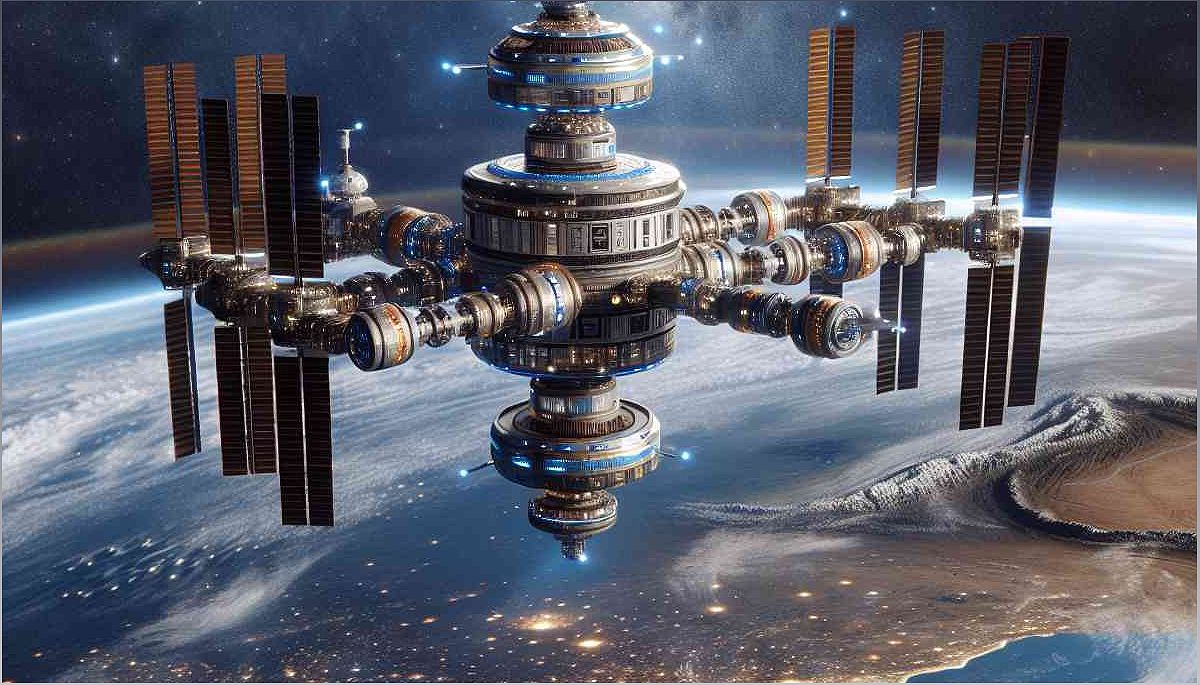Welcome to the world of space exploration, where India is making significant strides in its space program. In this article, we will delve into India's ambitions to develop an indigenous space station and join the ranks of global space-faring nations. We'll explore the challenges, opportunities, and the current landscape of space stations. Get ready to embark on a journey that could reshape the future of space exploration.
India's Impressive Space Journey
Explore India's remarkable achievements in space exploration and the milestones that have paved the way for its ambitious space station project.
India's space journey began in the early 1960s with the establishment of the Indian National Committee for Space Research (INCOSPAR), which later evolved into the Indian Space Research Organisation (ISRO). Over the decades, ISRO has achieved numerous milestones, including the development of the Polar Satellite Launch Vehicle (PSLV) and the Geosynchronous Satellite Launch Vehicle (GSLV). These advancements have positioned India as a formidable player in the field of space exploration.
One of the notable achievements of ISRO is the successful execution of lunar and Martian missions. The Chandrayaan mission, which means 'Moon Vehicle' in Sanskrit, involved the launch of the Chandrayaan-1 spacecraft, which orbited the Moon and provided valuable data about its surface. Similarly, the Mangalyaan mission, also known as the Mars Orbiter Mission, made India the first Asian nation to reach the Red Planet.
The Vision for an Indian Space Station
Discover ISRO's vision for an indigenous space station and its objectives to conduct microgravity experiments and develop technologies for long-duration space missions.
ISRO has outlined its vision to build a space station as an extension of its human spaceflight program. The proposed space station is expected to have a mass of around 20 tonnes and be capable of hosting astronauts for up to 20 days. Its primary objective would be to conduct microgravity experiments and serve as a testbed for technologies required for long-duration space missions.
Developing a space station poses both technical and financial challenges. ISRO needs to focus on developing life support systems, reliable re-entry and docking technologies, and ensuring the safety of astronauts in the harsh space environment. Additionally, the project requires substantial funding and resource allocation, which may involve international collaboration.
The Global Context of Space Stations
Gain insights into the current landscape of space stations, including the International Space Station (ISS) and China's Tiangong space station.
As India contemplates its own space station, it's important to consider the existing space stations. The International Space Station (ISS), a collaborative project involving NASA, Roscosmos, ESA, JAXA, and CSA, is currently the only operational space station. It serves as a home for astronauts from different countries, conducting scientific research and experiments in microgravity.
China has also made significant progress with its Tiangong space station. The Tiangong, meaning 'Heavenly Palace' in Chinese, is a modular space station that is being developed in multiple stages. It aims to provide a platform for China's space research and exploration efforts, showcasing the country's growing capabilities in space technology.
Challenges and Opportunities
Explore the technical and financial challenges that ISRO faces in its pursuit of a space station, as well as the opportunities for scientific advancements and global collaboration.
The path to developing a space station is not without its challenges. ISRO needs to overcome technical hurdles such as developing reliable life support systems, re-entry and docking technologies, and ensuring astronaut safety. The financial aspect is also significant, requiring careful resource allocation and potentially seeking international collaboration.
However, the pursuit of a space station also presents exciting opportunities. It would enable India to conduct microgravity experiments, advance scientific research, and develop technologies for long-duration space missions. Additionally, international collaboration could foster knowledge sharing, resource pooling, and strengthen global partnerships in space exploration.

